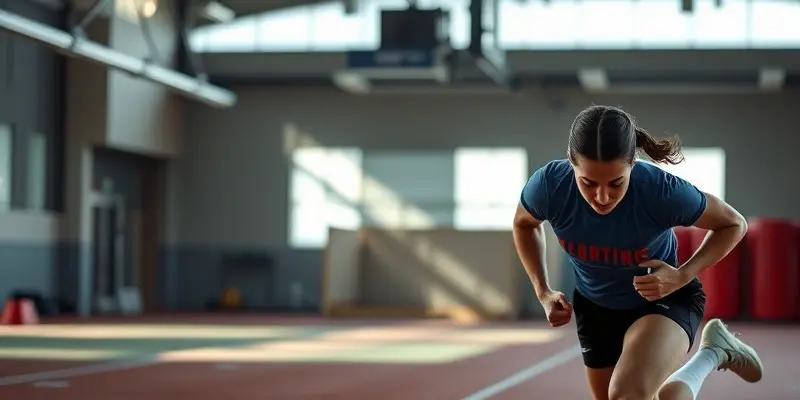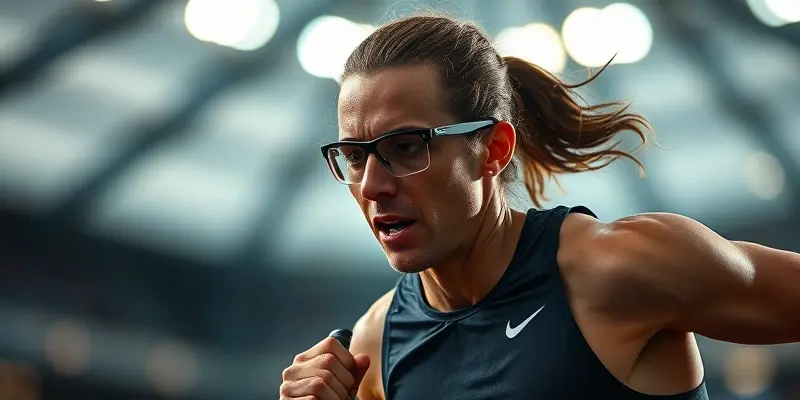Indoor sports are exciting, social, and an excellent way to stay active year-round—but the fast pace, repetitive movements, and close quarters mean that injuries are a real risk. Whether you’re a beginner or a seasoned athlete, preventing injuries and recovering smartly is key to enjoying your sport and staying at your best. This guide brings together evidence-based strategies and expert tips to help Gympulse Club readers stay strong, heal faster, and return confidently to play.
The Most Frequent Injuries in Indoor Sports
Indoor athletes—whether playing basketball, volleyball, futsal, or racquet sports—regularly face common injuries, many of which are preventable:
- Sprains and strains: Fast direction changes and jumps place stress on ankles and knees, often resulting in ligament injuries.
- Fractures and dislocations: High-intensity or contact activities can lead to bone injuries, particularly in fingers, wrists, and ankles.
- Repetitive stress injuries: Hard courts and repeated motions can cause shin splints and tendinitis, especially in the legs and shoulders.
- Concussions and collisions: Fast-paced games in confined spaces sometimes lead to player collisions and head injuries.
Understanding these risks helps athletes of every level approach their sport with awareness and preparedness.
Effective Ways to Stay Injury-Free
Warm-up Routines that Actually Work
A proper warm-up is your first line of defense. Dynamic stretching (leg swings, arm circles) and light cardio prime your muscles and joints for performance. Spending 10-15 minutes before activity enhances flexibility and reduces the chance of acute injuries.
Strength, Conditioning, and Balance Training
Strengthening stabilizer muscles—especially around the ankles, knees, and core—builds your body’s resistance to injury. Balance boards and wobble boards are especially valuable in preventing ankle sprains and in rehabilitation after an injury. Regular strength and balance work not only protects you, but also boosts athletic performance.
Technique, Supervision, and Protection
Learning and practicing correct techniques for jumping, landing, or executing game-specific moves (like spiking in volleyball or pivoting in basketball) is crucial. Beginners, in particular, benefit from coaching and feedback to avoid developing unsafe habits. Don’t overlook protective gear: quality ankle braces, knee pads, and supportive shoes safeguard your most vulnerable joints.
Eat Right to Recover Faster
Nutrition is a vital—but often overlooked—pillar of injury prevention and recovery. A protein-rich diet supports muscle repair, while anti-inflammatory foods like omega-3-rich fish, berries, and leafy greens help reduce swelling. Proper hydration and a steady intake of vitamins (C, D, zinc, and iron) keep healing on track. For athletes recovering from significant injuries, consulting a sports nutritionist can help tailor a plan to your specific needs.
Learn more about the power of vitamin C in recovery and injury prevention in our post on vitamin C immunity athletes.
The Best Tools and Tech for Recovery
Modern recovery isn’t just about rest. These practical tools can speed healing and help you return stronger:
- Balance and wobble boards: Excellent for regaining strength and coordination after an injury, especially in the lower body.
- Cold therapy and compression devices: Ice packs and compression sleeves decrease pain and swelling after acute injuries or intense workouts.
- Electric muscle stimulators: Useful for enhancing circulation and reducing muscle atrophy during rehabilitation.
- Wearable activity trackers: These can monitor workload, track progress, and help prevent pushing too hard, too soon.
Always integrate new tools with professional advice when possible, especially after significant injuries.
Staying Positive and Motivated During Rehabilitation
The mental side of injury recovery is just as important as the physical. Keep your motivation high and setbacks in perspective with these strategies:
- Goal setting: Break down your rehab into clear, achievable steps. Celebrate small victories.
- Mental imagery and visualization: Practice your sport’s movements mentally to maintain technical sharpness and encourage nerve-muscle recovery.
- Peer support and professional input: Share your progress with teammates, coaches, or a sports psychologist to boost morale and stay accountable.
- Education and patience: Understand your recovery timeline and trust the process. Knowledge reduces anxiety and helps you stay committed.
For a deeper dive into mental techniques, see our guide on visualization for healing.
Conclusion
Preventing and overcoming indoor sports injuries requires more than luck or rest—it’s about taking a smart, systematic approach. By warming up correctly, building strength and balance, fueling your recovery with the right nutrition, leveraging modern tools, and maintaining a positive mindset, everyone from amateur athletes to fitness enthusiasts can enjoy a safer, more rewarding sports experience.
Remember: train smart, recover smarter, and you’ll stay in the game for years to come. Stay strong, Gympulse Club!

